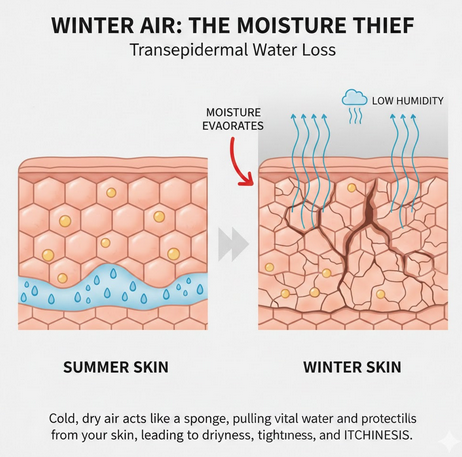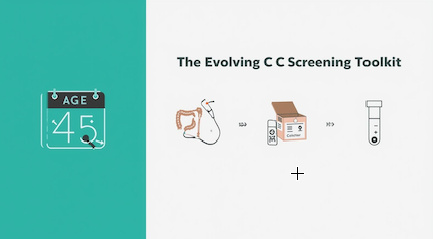Wildfire Season: Key Information for Healthcare Providers
- OliveHealth

- Aug 2
- 3 min read
by. Dr. Ed Fuentes

Wildfires are no longer just a regional concern; their increasing frequency and intensity across the United States are creating a significant public health challenge. Fire seasons are starting earlier and lasting longer, with peaks now commonly occurring in July. The Western U.S., in particular, has seen a dramatic rise in affected populations, with a staggering 185% increase in people living in wildfire-impacted areas over the past two decades. This escalating trend demands that healthcare providers understand the associated health risks and how to manage them.
The Silent Threat: Wildfire Smoke
While the immediate devastation of wildfires is evident, the insidious threat often lingers in the air. Wildfire smoke is a complex mixture of pollutants, with fine particulate matter (PM2.5) being a primary concern. These microscopic particles can travel hundreds of miles from the fire source, penetrating deep into the lungs and entering the bloodstream. Once in the body, PM2.5 triggers inflammation and oxidative stress, leading to a cascade of harmful effects on various organ systems. Beyond PM2.5, wildfire smoke can also contain other toxic substances like nitrous dioxide, ozone, lead, and aromatic hydrocarbons.
The health consequences of smoke exposure are far-reaching. Short-term exposure can lead to immediate symptoms, but growing evidence highlights the dangers of long-term exposure. Globally, air pollution from landscape fires was linked to 1.53 million all-cause deaths between 2000 and 2019, with a significant portion being cardiovascular and respiratory in nature.
Impact on the Body and Acute Presentations
The lungs and airways are the primary targets of wildfire smoke toxicity, but its systemic absorption means other organ systems, including the cardiovascular, renal, neurological, reproductive, and gastrointestinal systems, can also be affected.
Patients exposed to wildfire smoke often present with respiratory symptoms such as cough, chest discomfort, wheezing, and shortness of breath. Other common complaints include eye and mucous membrane irritation, burns, heart palpitations, and fatigue. It's crucial for providers to remember that symptoms may not appear immediately, with many patients seeking care a few days after exposure due to cumulative effects. Given the ability of PM2.5 to travel vast distances, smoke exposure should be considered even in patients who are not directly near a fire.
Identifying and Protecting Vulnerable Populations
Certain groups are particularly susceptible to the detrimental effects of wildfire smoke:
Individuals with pre-existing respiratory conditions* like asthma and COPD are at significantly higher risk for exacerbations, increased medication use, and even hospitalization.
Patients with cardiovascular diseases* face heightened risks of heart attacks, heart failure, and increased emergency visits.
Children* are more vulnerable due to their developing immune systems, smaller airways, and higher rates of outdoor activity.
Older adults* are at increased risk due to a higher prevalence of comorbidities.
Pregnant women* experience physiological changes that make them more susceptible, with potential harm to both mother and developing baby.
Outdoor workers* and individuals with limited access to clean air spaces or healthcare also face elevated risks.
Guiding Patients Through Wildfire Season
Healthcare providers play a vital role in preparing and protecting their communities during wildfire season. Key management considerations include:
*Stay informed: Keep abreast of local wildfire activity and air quality advisories.
*Assess risk: Proactively evaluate patients with pre-existing lung or heart conditions for their risk of exacerbations.
*Educate and counsel:Advise vulnerable patients on strategies to minimize smoke exposure, such as using well-fitted respirator masks, utilizing air purifiers, seeking refuge in clean air spaces, minimizing time outdoors, and keeping windows closed. Reinforce the importance of avoiding smoking and other flammable items.
*Optimize care: Ensure patients have adequate supplies of rescue medications and optimized treatment plans. Prepare them for potential disruptions in medication access.
*Clinical management: When patients present with relevant symptoms in affected areas, consider smoke exposure as a potential cause. Evaluate for inhalation injury and carbon monoxide poisoning, treating promptly with oxygen if indicated. Manage patients requiring ventilation support with lung-protective strategies. For new asthma-like symptoms, re-evaluate after acute symptoms subside. Focus symptomatic treatment on the airways, throat, eyes, and nose.
*Emergency guidance:Advise patients to seek emergency care if their symptoms are severe or unresponsive to home treatment.
The escalating impact of wildfires on public health underscores the need for healthcare providers to be prepared, proactive, and knowledgeable. By understanding the risks and implementing effective management strategies, we can better protect our communities from the far-reaching effects of wildfire smoke.
References:




Comments